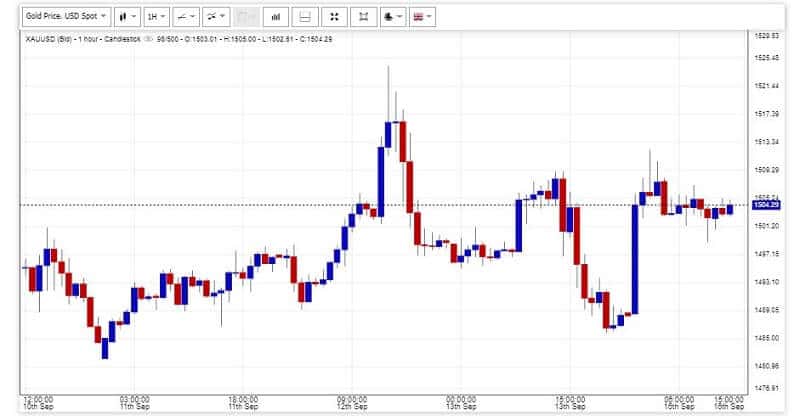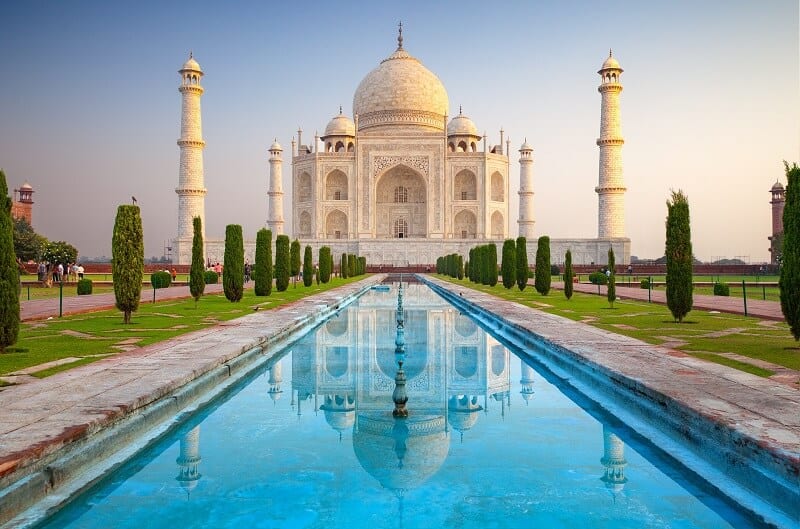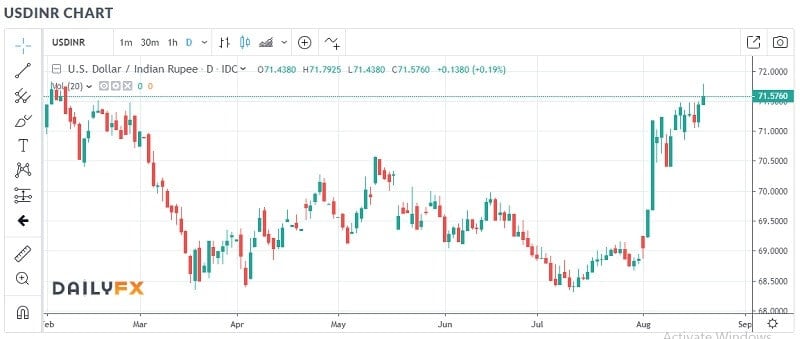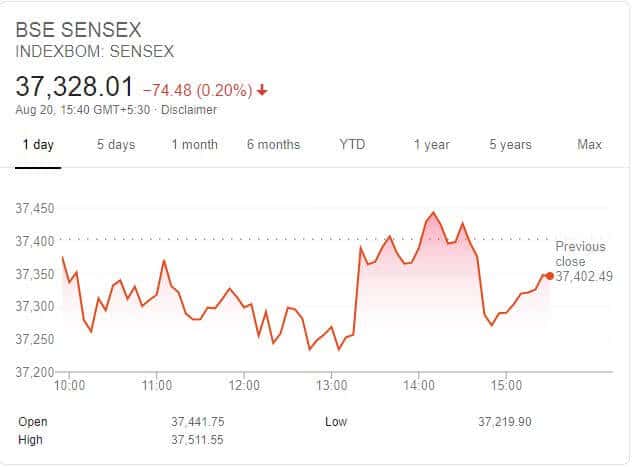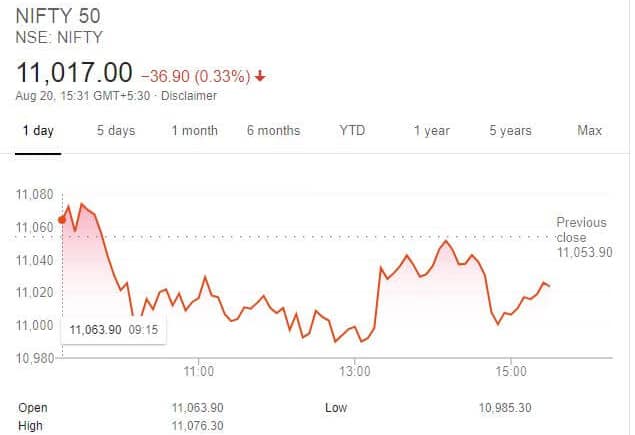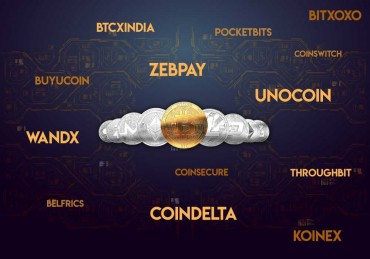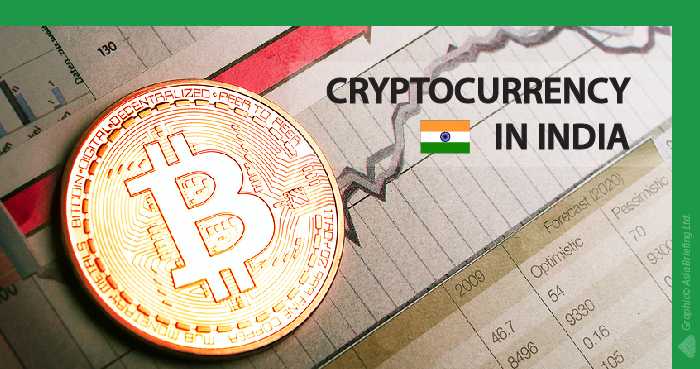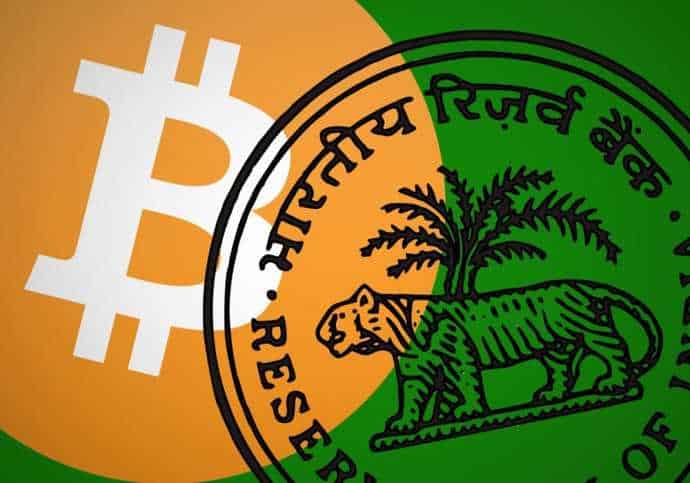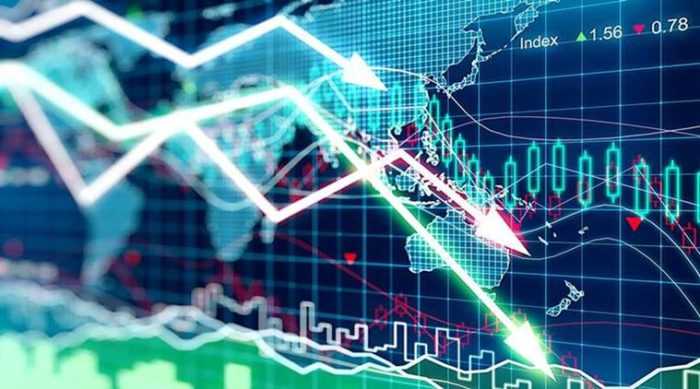
Why Investing in mutual funds in India is very popular and developing at amazing speed? Here is the answer.
By Guy Avtalyon
Investing in mutual funds in India is developing at an extraordinary speed. The AAUM (average assets under management) increased during the past 10 years more than 4,5 times. According to data from the beginning of this year, it was Rs. 23.16 trillion. Just compare it with Rs. 5.09 trillion in 2009. The investors have the opportunity to invest in 44 AMFI with more than 2,500 mutual fund schemes. AMFIs are associations of Mutual Funds in India.
That is quite a large number. Occasions like this may be difficult for investors when it comes to picking the right fund.
What are characteristics of mutual funds in India
A mutual fund is an investment tool supplied by money from different investors. The collected money is invested in an assortment of different asset classes. That can be equity, gold, foreign securities, etc. What is the secret of this popularity of mutual funds in India?
Mutual funds can bring numerous benefits to investors. First of all, it isn’t necessary to invest a large amount of money since you can build a diversified portfolio with just Rs. 500. That is a great benefit for Indian investors.
Another characteristic that gives mutual funds a favored choice amongst investors is the expert management of funds. Hence, investors may be pretty sure that their investments are safe. That’s the general characteristic of mutual funds. In India, the mutual funds are under SEBI and AMFI regulations which give additional security.
Which mutual funds are popular in India?
We already said that mutual funds in India are under SEBI regulations so they are grouped into three categories: Equity Funds, Debt Funds, and Hybrid Funds.
Equity Funds
This kind of mutual fund invests a minimum of 65% of its assets in equity and equity-related instruments. Equity funds may give comparatively high returns. The point is that their basic investment is in stocks of companies that are sensitive to fluctuations in the stock market and the economy. Hence, equity funds are a bit riskier.
SEBI recognizes 11 types of equity funds. One of the most popular is the ELSS – Equity Linked Savings Scheme. Its investments are almost 80% in equity and it is unique because ELSS is qualified for a tax deduction of up to Rs. 1.5 lakh. The lock-in period for this type of mutual fund in India is three years.
Debt Funds
A debt fund invests a bulk, but less than 65%, of its assets in debt and money market securities. There is a lower risk for investments than in the equities. Debt funds in India yield returns which higher than returns given by fixed return investments. According to SEBI categorization, there are 16 types of debt funds in India. The most popular type of debt fund is a liquid fund. The big companies use them to store their extra cash for a short time, usually up to 91 days. Because of the shorter maturity period, liquid funds are the lowest risk investments. The advantage of these funds is that they are giving returns higher than savings accounts and almost equal as fixed deposits while but more liquid than a fixed deposit.
Hybrid Funds
A hybrid fund invests in two or more asset classes including equities. It can be debt, gold, abroad securities, money market instruments, etc. But usually, a hybrid fund invests in two asset classes: equity and debt. The mixture of equity and debt allows a hybrid fund to provide returns comparable with those provided by equity funds but promising proportionately lower risk levels like debt funds. According to SEBI categorization, we can recognize 7 types of hybrid funds.
The most well-liked type is the Dynamic Asset Allocation Fund. It can invest between zero to 100% of its assets in equities or debts. This type of fund trades equities and profiting during overvalued equity market conditions. A Dynamic Asset Allocation Fund reduces its debt vulnerability during the undervalued markets and increases its debt holdings when is a bull run.
Money Market Funds
Some investors trade stocks in the stock market, the others invest in the money market. The government, banks, or companies regularly issue money market securities, for example, bonds, dated securities, and certificates of deposits are some of them. The fund invests your money and pays you proper dividends in return. In short-term investing, for instance, no longer than 13 months, the risk is lower.
The benefits of investing in India
You can start investing with just Rs. 500 and there is no maximum limit to your investment. Also, you will get professional management of your investment. Funds corporations will charge you some fee for that service. It is a so-called expense ratio and it can vary from 0,5% to 1,5%, but due to the SEBI regulation, it will never be more than 2,5%.
Moreover, you may gain higher returns since mutual funds allow long term returns in a range from 7% and 15% or more for investments for more than 5 years. It is clear that these returns are higher than the inflation rate and that is the reason why they are so popular.
Diversification is another reason. Mutual funds permit investors to access to a broad and diversified investment portfolio. That provides a balance between risk and return which is extremely important for every investor. And as we said in the beginning, investing in mutual funds in India is developing at an extraordinary speed due to the various possibilities for investors and lower investment risk.





